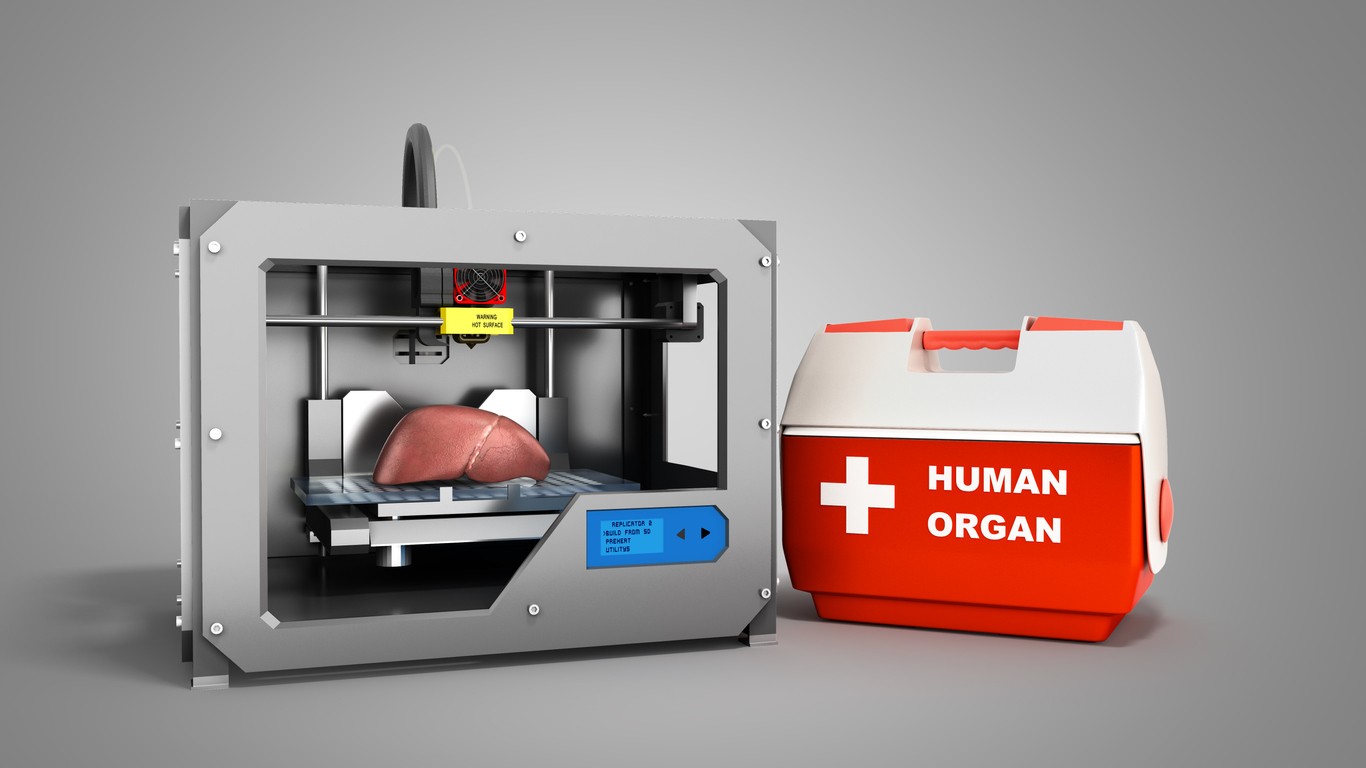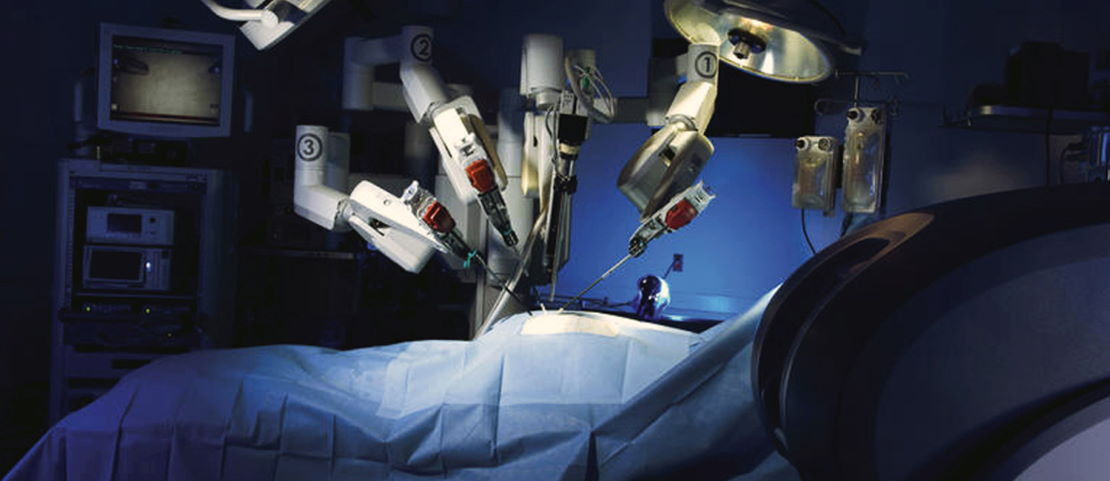
Leverage technology, collaboration, empathy, and adaptation to prioritize customer experience, driving improved health outcomes and positively impacting public health through digital engagement, personalized care, stakeholder collaboration, quality and safety, and optimized access.

Advancements in genomics are transforming the healthcare industry by providing a means to decode the language of DNA. This breakthrough discovery enables us to usher in a new era of personalized medicine, preventive care, and potentially even cures for previously untreatable illnesses.

Promising startup sectors include blockchain, synthetic biology, AI, space, and sustainability. These areas have grown due to secure systems, biotech advances, AI demand, space exploration, and sustainability needs.

3D bioprinting creates living tissues and organs for personalized medicine, drug testing, and regenerative therapies. It mimics human tissues and advances organ transplantation, disease modeling, and treatment development.

Healthcare wearables will reach $70B by 2028, driven by health awareness and remote patient monitoring. They provide personalized health data and are used in space, defence, sports, and more. New developments include Astroskin, WHOOP and Elbit Systems devices.

The Global Surgical Robots market was valued at around US$ 6.5 Billion in 2021 and is expected to grow to US$ 16.6 Billion at a CAGR of more than 20% during the forecast period.

The future is brimming with innovative ideas waiting to be realized across various industries such as BFSI, Retail and CPG, Health Tech, Cleantech, and Automotive. These sectors are set to define the latest trends for the new year.

The healthcare industry has undergone significant changes due to demographic shifts and a focus on preventative care. The Nordic region is at the forefront of this evolution, with its countries striving to provide outstanding healthcare to their citizens and establish themselves as pioneers in adopting healthcare technologies.

According to government data, India has over 27,000 functional cold chain points, of which around 3 per cent are located at a district level and above.

Healthcare supply chain management is predicted to grow at over 10% annually by 2025, fueled in part by increasing demand due to the COVID-19 pandemic. These supply chains are considered complex due to the unique demands of healthcare services.

Telemedicine is growing rapidly and is expected to reach $176 billion by 2025. It offers personalized healthcare services, benefits remote and urban patients, and has higher patient engagement and lower costs. McKinsey estimates $250 billion in healthcare spending could shift to virtual care models post-COVID-19.